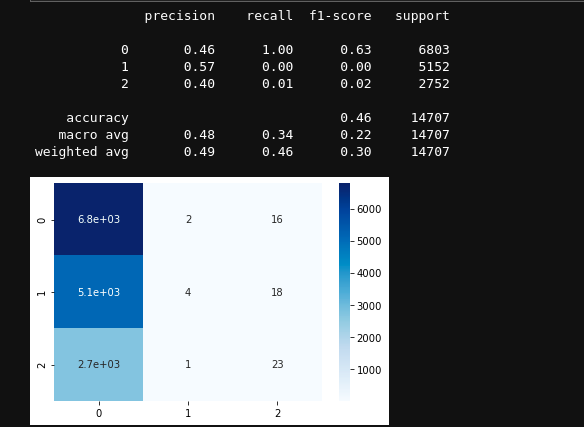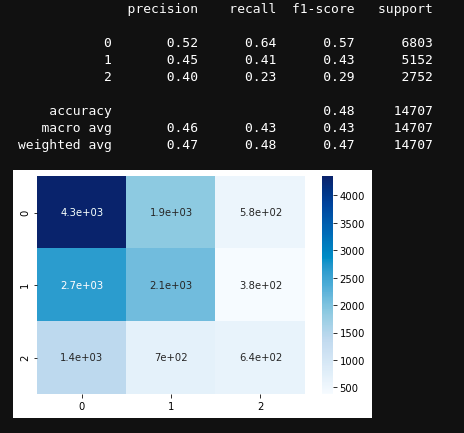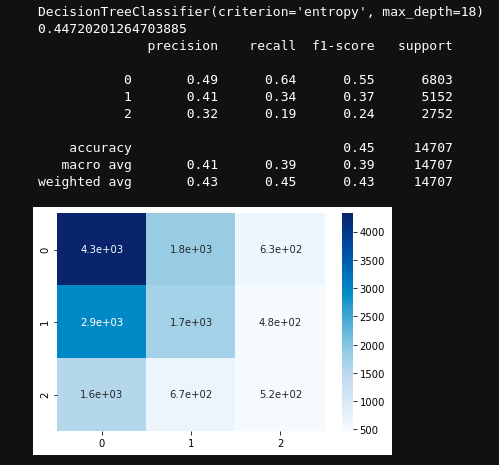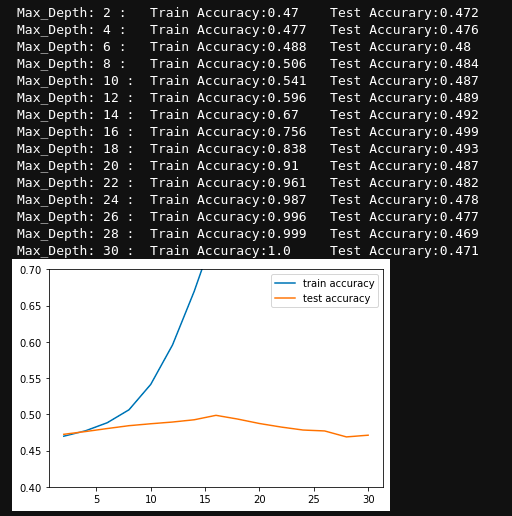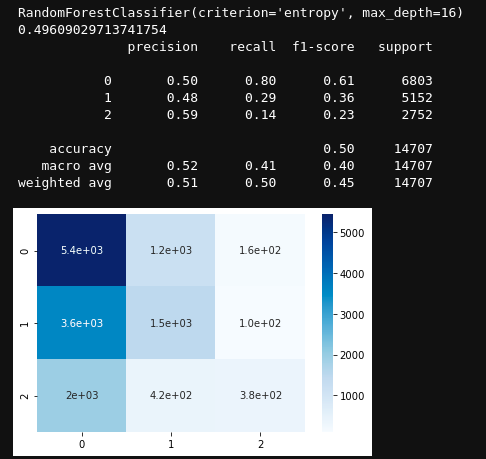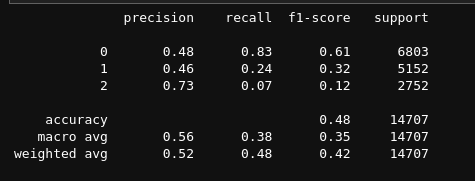Predicting the stock price trend by interpreting the seemlychaotic market data has always been an attractive topic toboth investors and researchers. When it comes to trading inthe Stock Market, there are many different approaches tofind the right stock. Many forms of analysis have emergedto detect which stock is worth the money. Technical Analysis, Sentimental Analysis and Fundamental Analysis — observing a company’s financials like their Balance Sheet or Cash Flow Statement to determine if the company has valuerelative to their current stock price.
Building a Machine Learning model for classifying stocks as BUY, SELL or HOLD based on the Fundamentals.
- Logistic Regression is a statistical model that in its basic form uses a logistic function
- Decision Tree is a type of supervisedlearning algorithm where the data is continuously split ac-cording to a certain parameter.
- Random Forest is an ensemble of decision trees.
- XGBoost is a decision-tree-based ensem-ble Machine Learning algorithm that uses a gradient boostingframework.
Tree based algorithms worked well in our case, especially Random Forest. The same can be found in Final_notebook.ipynb.
We used classification_report which consists of precision, recall, f1-score and accurary to get an indepth undersanding of how the model performs on various classes. Following is a sample evaluation
precision recall f1-score support
0 0.52 0.64 0.57 6803
1 0.45 0.41 0.43 5152
2 0.40 0.23 0.29 2752
accuracy 0.48 14707
macro avg 0.46 0.43 0.43 14707
weighted avg 0.47 0.48 0.47 14707
where,
Precision = TruePositives / (TruePositives + FalsePositives)
Recall = TruePositives / (TruePositives + FalseNegatives)
F1-Score = (2 * Precision * Recall) / (Precision + Recall)
2 Component PCA to visualize data and trend
Logistic Regression
XGBoost
Decision Tree Classifier
Custom Decision Tree with node killing
Random Forest Classifer
Finding the best max_depth.
Model suggestion by AutoML
On running automl sklearn on our dataset the esemble model suggested was a single Random Forest. The performance of the same is
- A. S. G. P. . Kohli P.P.S., Zargar S., “Stock prediction using machinelearning algorithms. in: Malik h., srivastava s., sood y., ahmad a.(eds) applications of artificial intelligence techniques in engineering.”[Online]. Available: https://doi.org/10.1007/978-981-13-1819-138
- B. Jeevan, E. Naresh, B. P. V. kumar, and P. Kambli, “Share priceprediction using machine learning technique,” pp. 1–4, 2018.
- J. Lee, D. Jang, and S. Park, “Deep learning-based corporate performanceprediction model considering technical capability,”Sustainability, vol. 9,no. 6, 2017. [Online]. Available: https://www.mdpi.com/2071-1050/9/6/899
- T. pandas development team, “pandas-dev/pandas: Pandas,” Feb. 2020.[Online]. Available: https://doi.org/10.5281/zenodo.3509134
- C. R. Harris, K. J. Millman, S. J. van der Walt, R. Gommers, P. Virtanen,D. Cournapeau, E. Wieser, J. Taylor, S. Berg, N. J. Smith, R. Kern,M. Picus, S. Hoyer, M. H. van Kerkwijk, M. Brett, A. Haldane, J. F.del R’ıo, M. Wiebe, P. Peterson, P. G’erard-Marchant, K. Sheppard,T. Reddy, W. Weckesser, H. Abbasi, C. Gohlke, and T. E. Oliphant, “Arrayprogramming with NumPy,”Nature, vol. 585, no. 7825, pp. 357–362, Sep.2020. [Online]. Available: https://doi.org/10.1038/s41586-020-2649-2
- M. L. Waskom, “seaborn: statistical data visualization,”Journal of OpenSource Software, vol. 6, no. 60, p. 3021, 2021. [Online]. Available:https://doi.org/10.21105/joss.03021
- F. Pedregosa, G. Varoquaux, A. Gramfort, V. Michel, B. Thirion, O. Grisel,M. Blondel, P. Prettenhofer, R. Weiss, V. Dubourg, J. Vanderplas, A. Passos,D. Cournapeau, M. Brucher, M. Perrot, and E. Duchesnay, “Scikit-learn:Machine learning in Python,”Journal of Machine Learning Research,vol. 12, pp. 2825–2830, 2011.
- M. Feurer, A. Klein, K. Eggensperger, J. Springenberg, M. Blum, andF. Hutter, “Efficient and robust automated machine learning,” inAdvancesin Neural Information Processing Systems 28, C. Cortes, N. D. Lawrence,D. D. Lee, M. Sugiyama, and R. Garnett, Eds.Curran Associates, Inc.,

